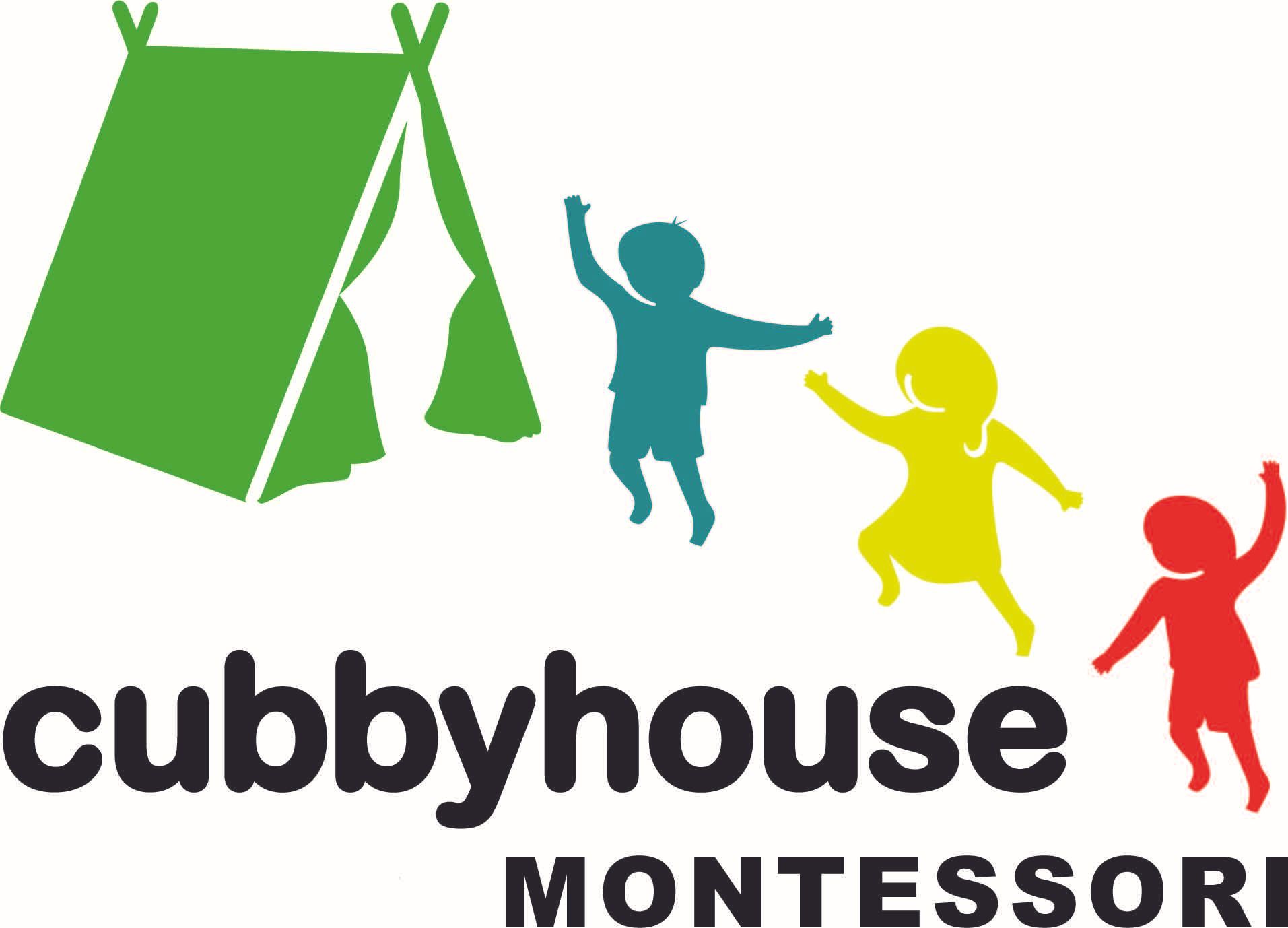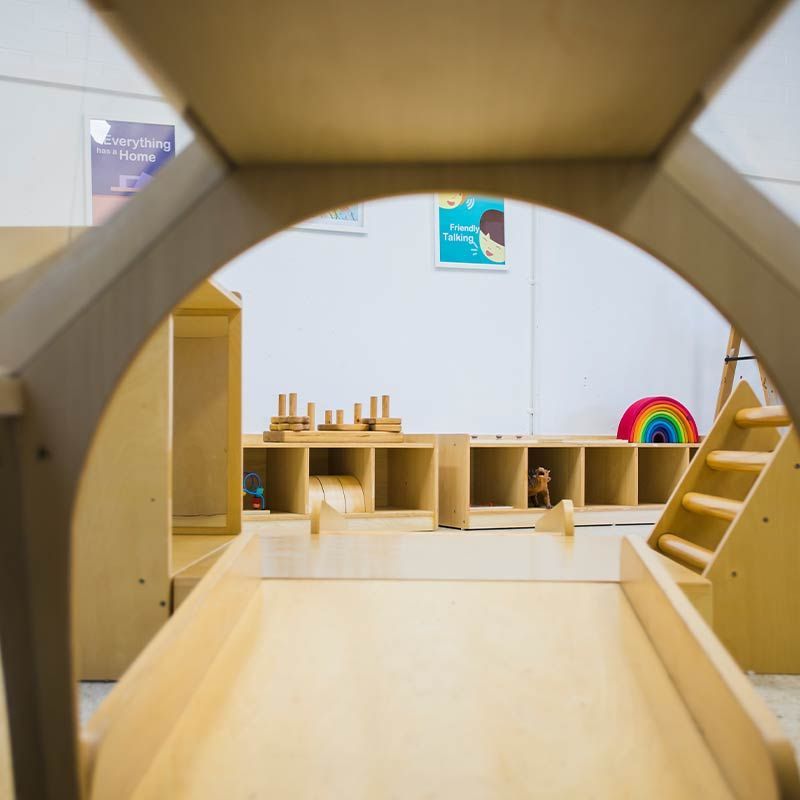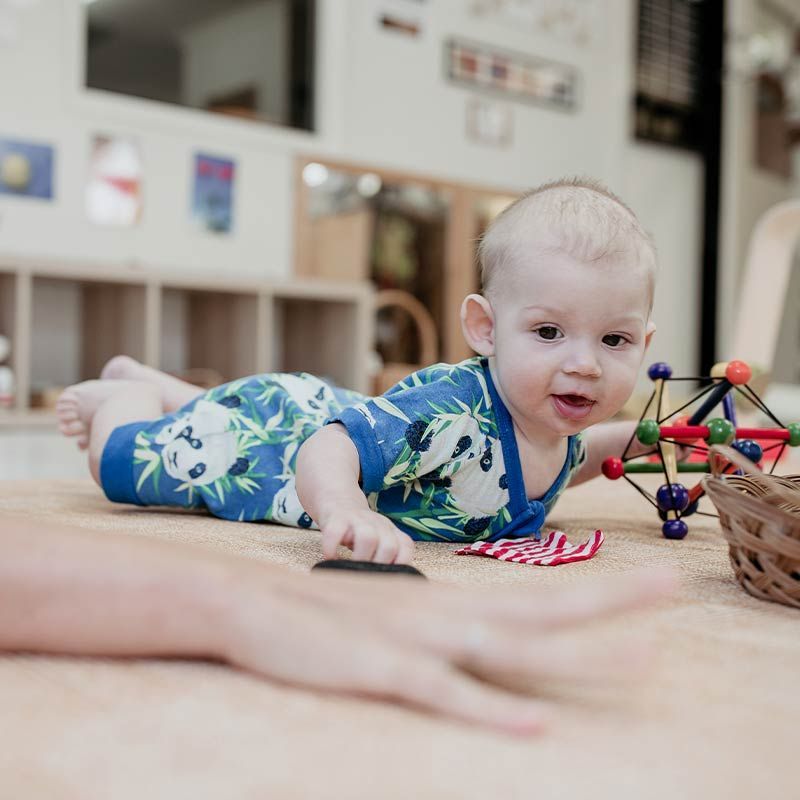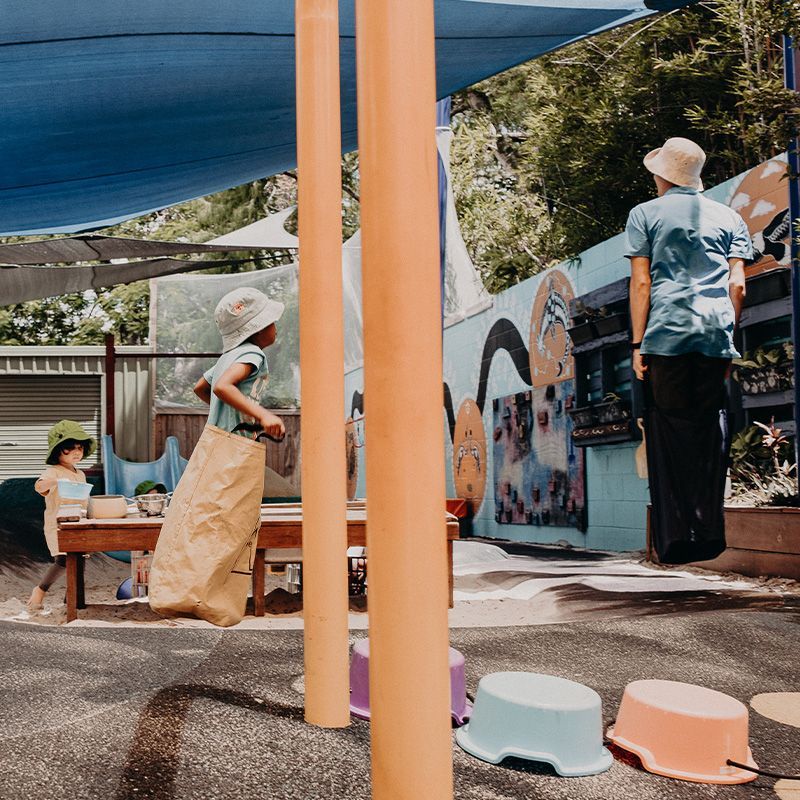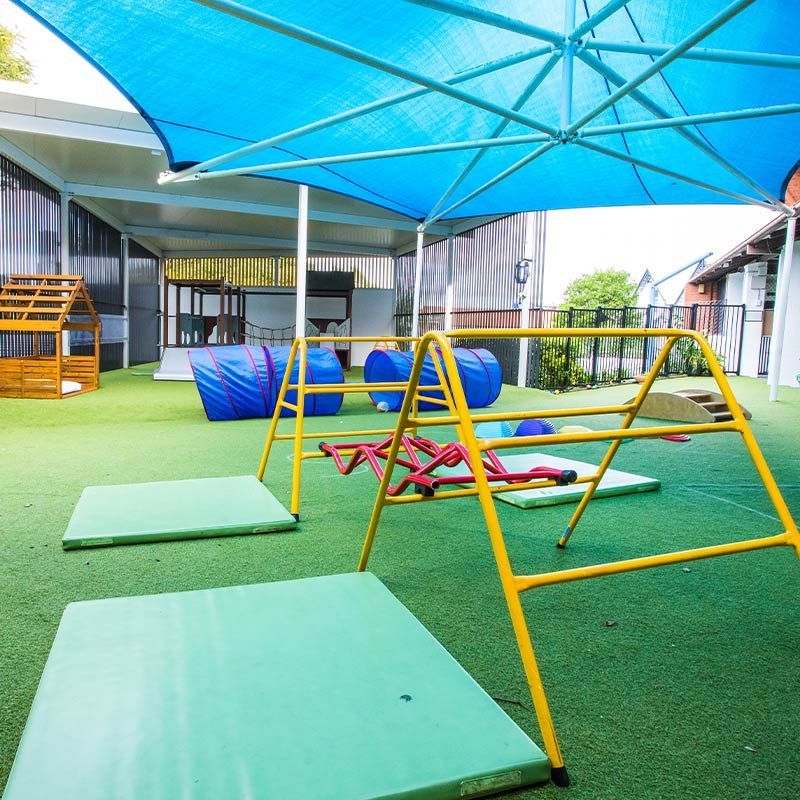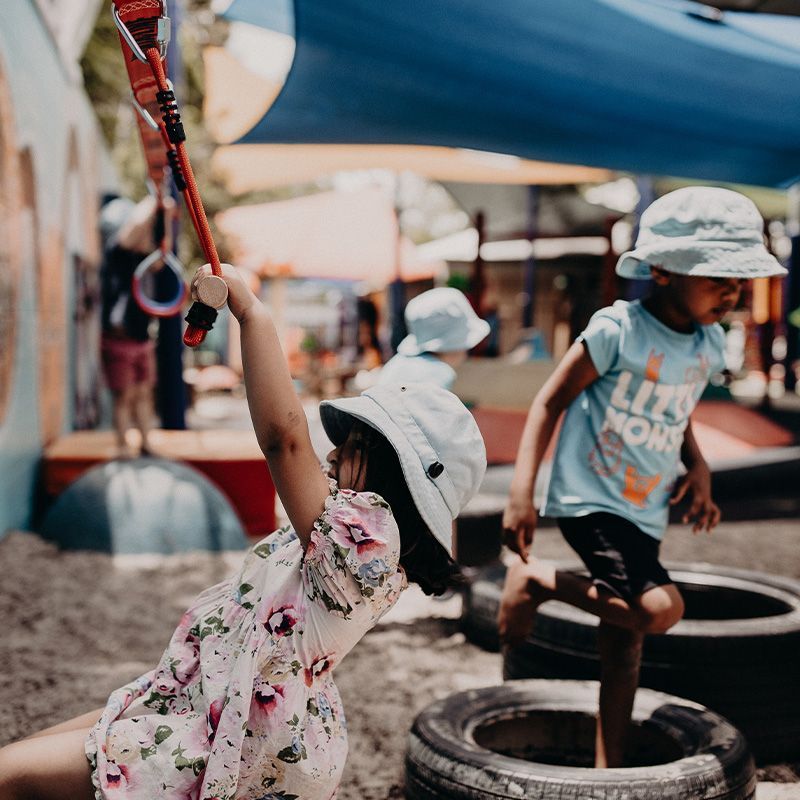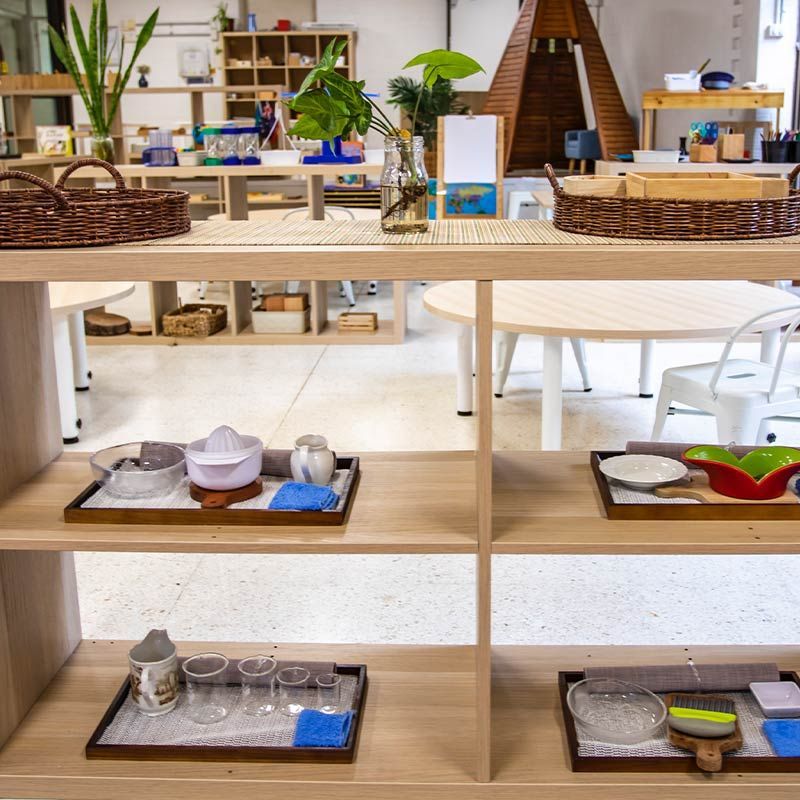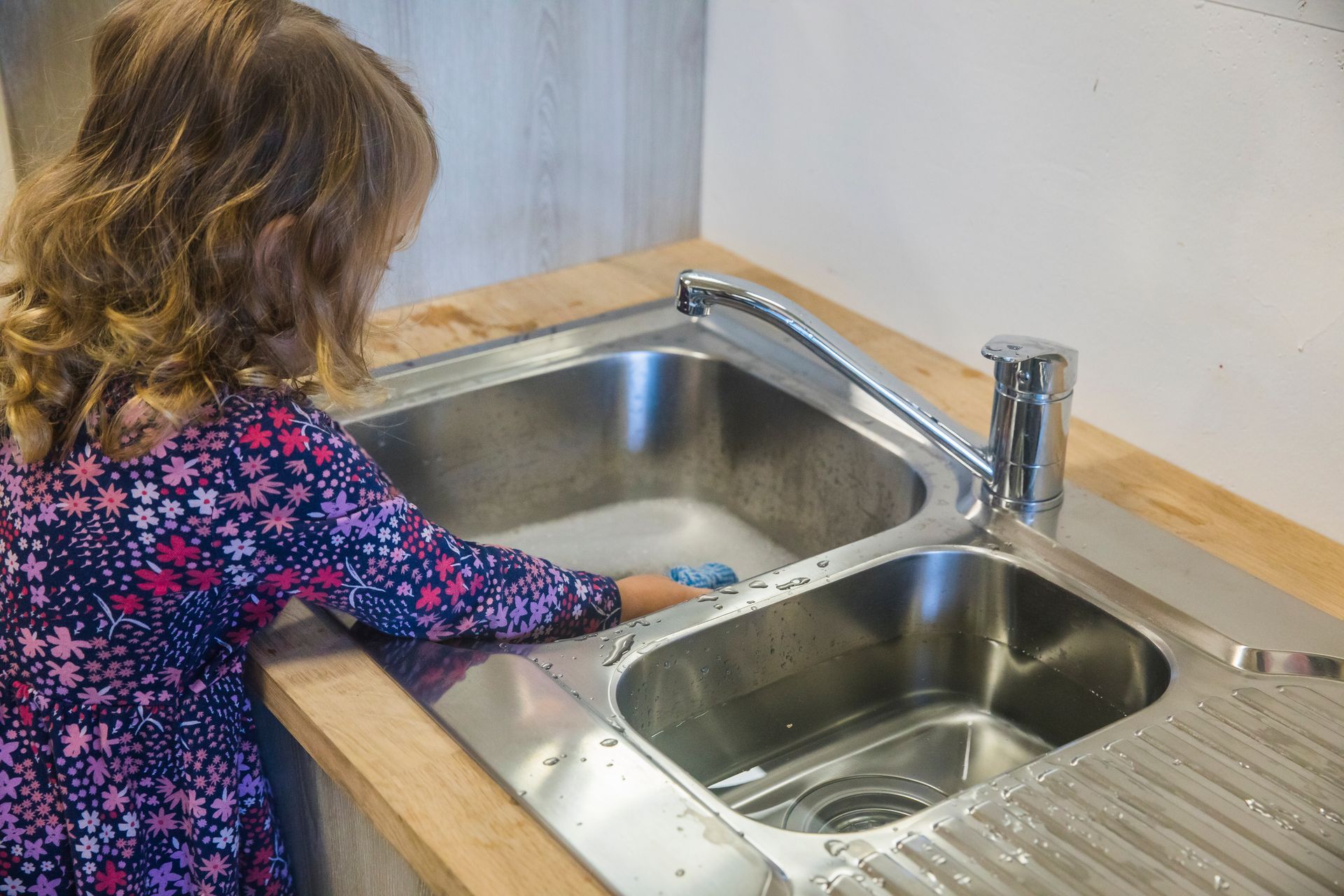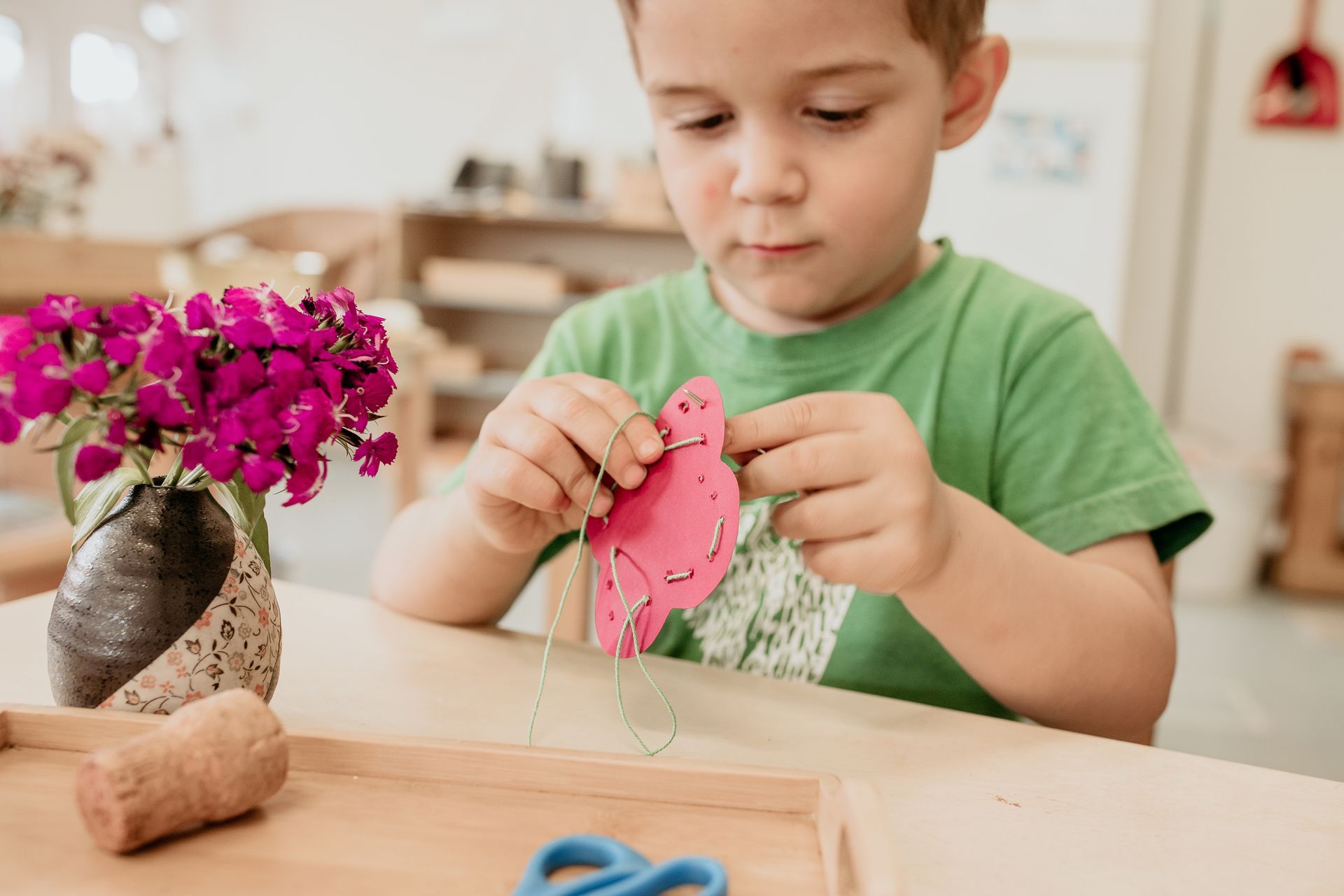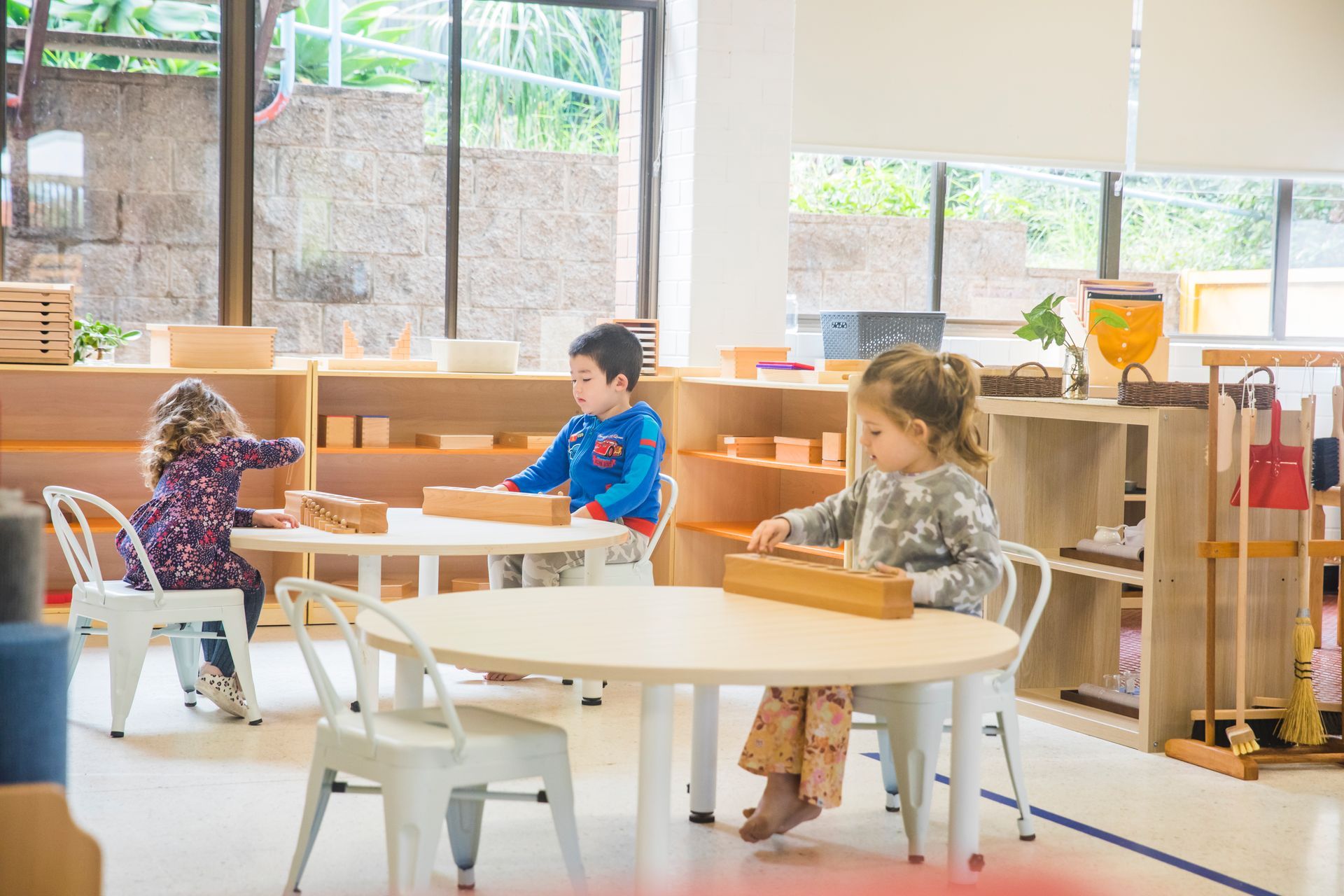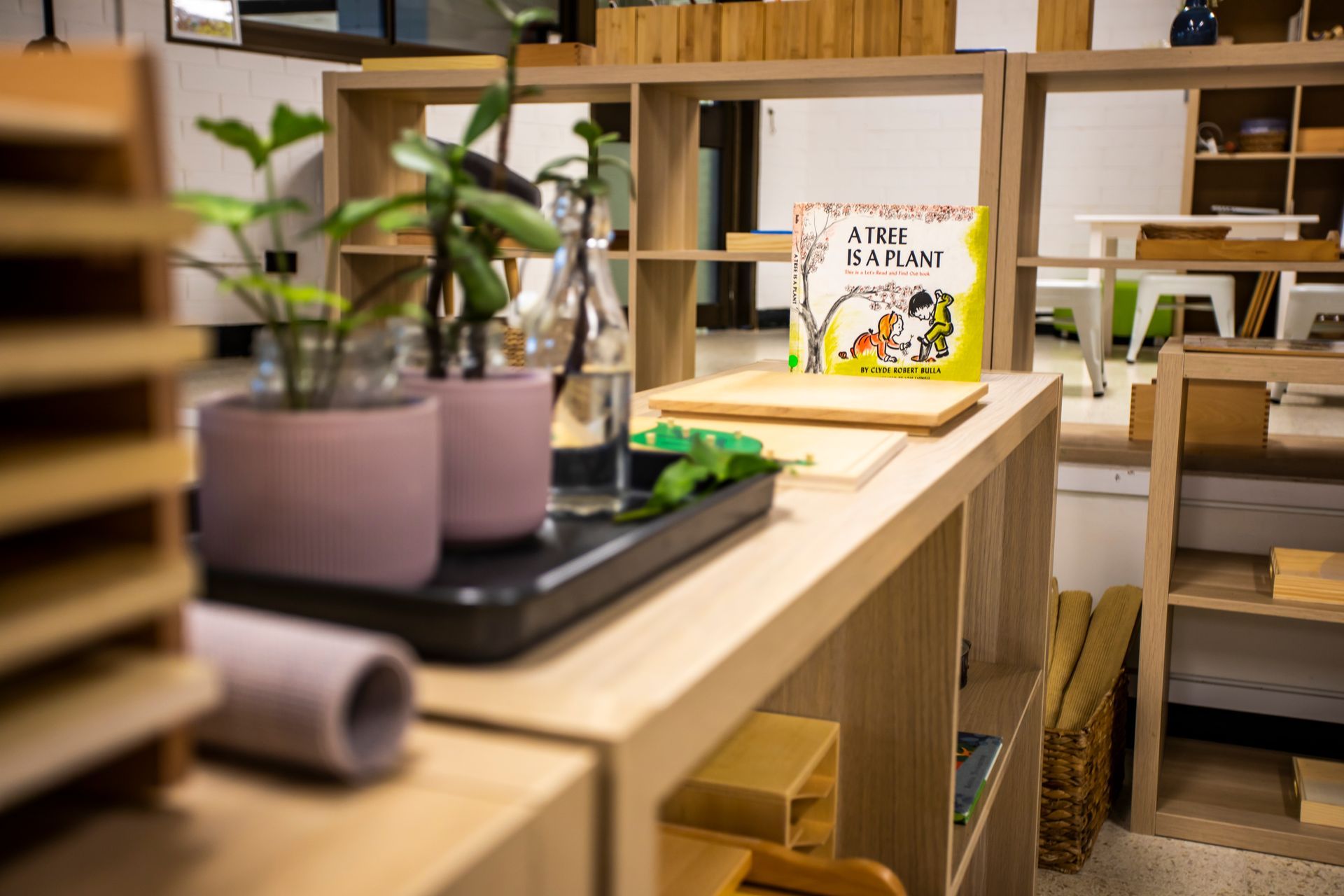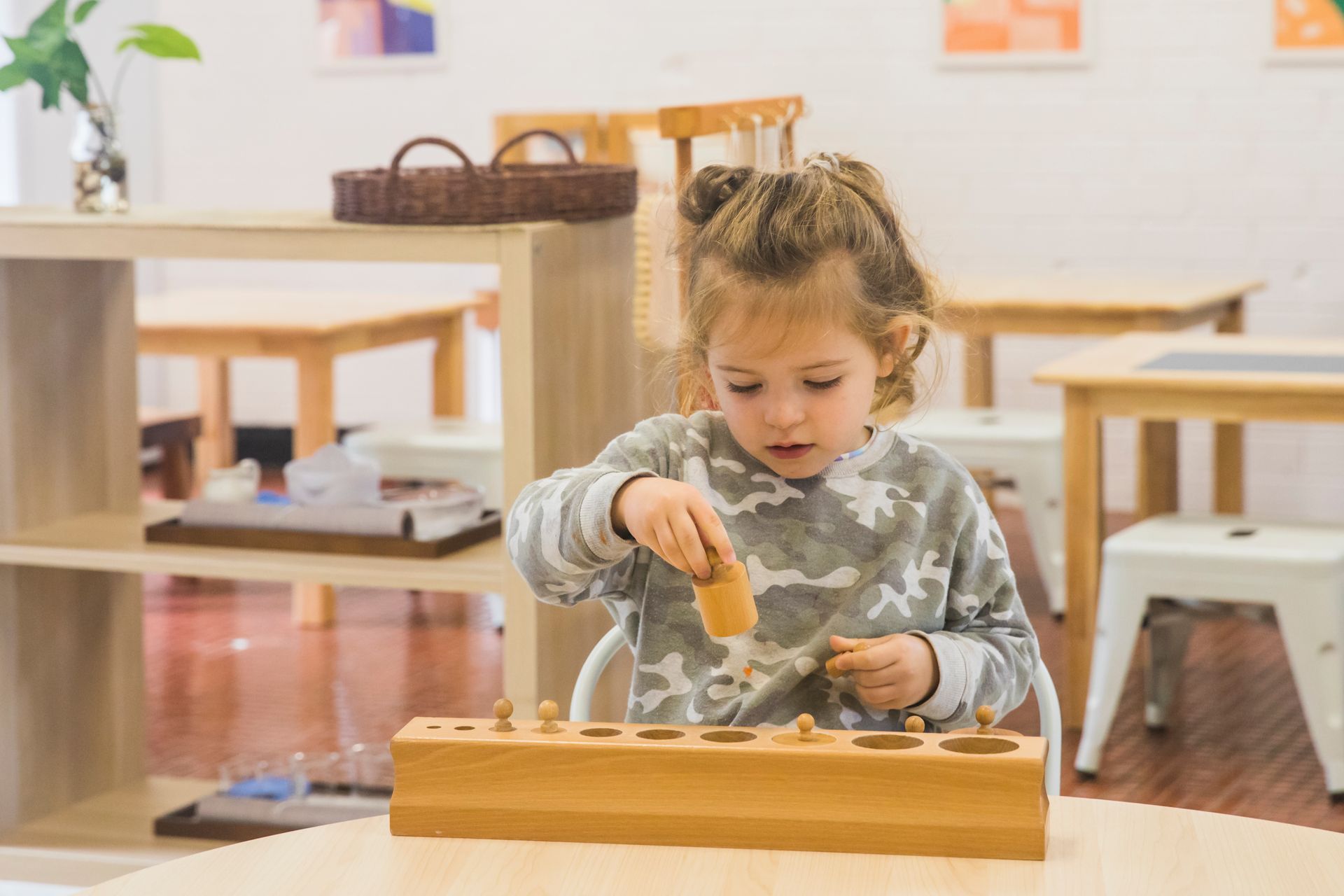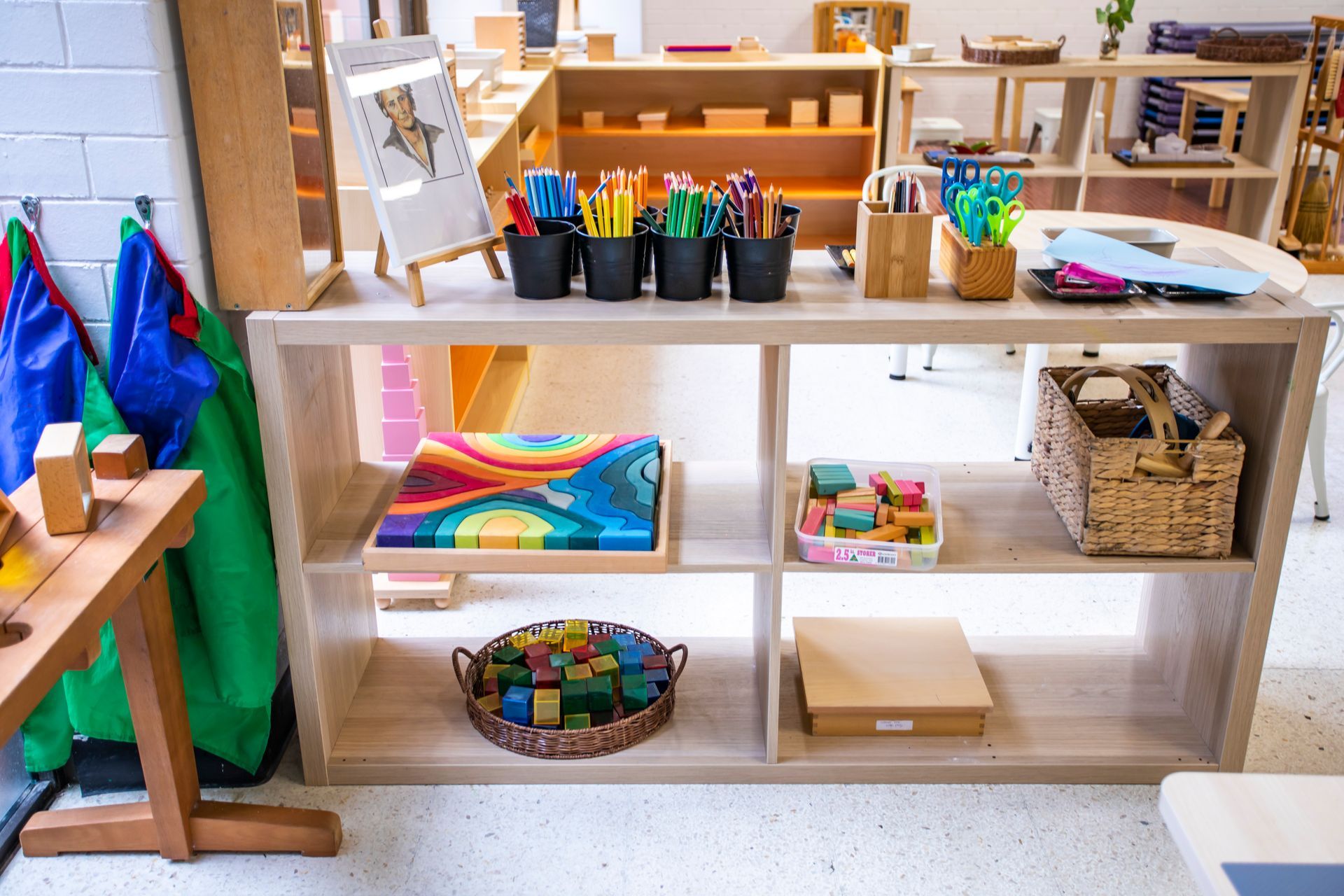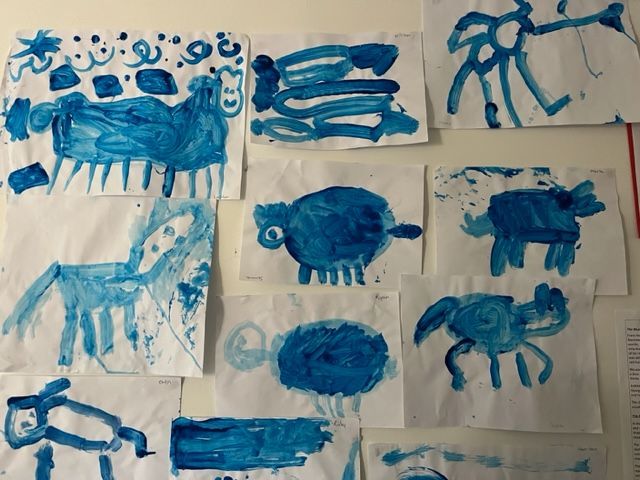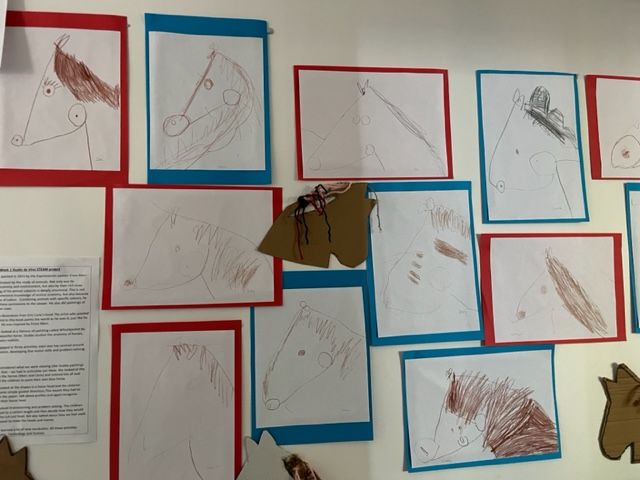Our 0-3 environments consist of our Nido (nest) for our babies and infant community.
The children are offered individualised hands-on activities which stimulate all their senses and promote independence, co-ordination and language development. At this age the infants are exploring and interacting with the environment and learning about their bodies and the world around them. Specially prepared activities meet the developmental needs of each child growing their independence, communication, self -esteem and confidence.
3-6 - Children’s House
The 3 to 6 year old child is engaged in a process of self-construction. In the Children’s House the carefully prepared environment includes activities that allow each child to choose according to their own curiosity. A strong sense of order within the classroom gives the children respect, structure, freedom and a sense of belonging. Through the process of interaction learning leads to discovery, increasing concentration, motivation, self-discipline, and develops a love of learning. The teacher observes each child and plans activities based on their individual needs, interests and readiness. Our learning environments encompass both indoor and outdoor spaces. By engaging in individual and group activities, communication, independence and self-regulation are fostered.
There are five main areas in the Children’s House program: Practical Life, Sensorial, Language, Mathematics and Cultural studies (which include Creative Arts, Music, Science, Geography, Biology and History and Movement).
The Program
Our program embraces the Montessori philosophy and aligns with the Early Years Learning Framework, Queensland kindergarten learning guidelines and National Quality Framework. It invites the children to choose activities in an unhurried manner. The classroom provides for both active and quiet spaces, where children can feel free to enjoy the many activities in an unhurried atmosphere. Classrooms support the developing child’s sense of order and create opportunities for discovery and concept development. The Montessori materials are carefully designed to enable choice and support the developmental needs and interests of the children.
Each classroom will plan its own routines to best accommodate the needs of the children as a group and each child as an individual. Routines and rituals are very flexible and change as the children grow older, as they move into new groups and as the year and seasons progress.
The Curriculum
Within the prepared environment the Montessori program address five different curriculum areas. Practical Life, Sensorial, Language, Numeracy and Cultural Area.
The Montessori equipment addresses practical life skills, fine motor development, eye-hand coordination, development of all the senses, writing, reading, numeracy, geography, history, biology, science, art and music. By combining all these areas, we give each child a strong foundation for later learning.
Additionally, the curriculum areas of Language, Mathematics and Culture integrate to support the development of mind (cognitive), body (physical) and spirit (emotional/self).

Thanks so much for sharing Cubby with us!❤️ You guys create such an amazing environment to inspire and support the children.
- Julio

Thank you so much for loving and caring for our babies and children in Cubbyhouse as if they were yours. We are so lucky to have you all in our lives.
– Kate

You are all amazing and our kids are lucky to have the support and care you provide xx
- Laura
